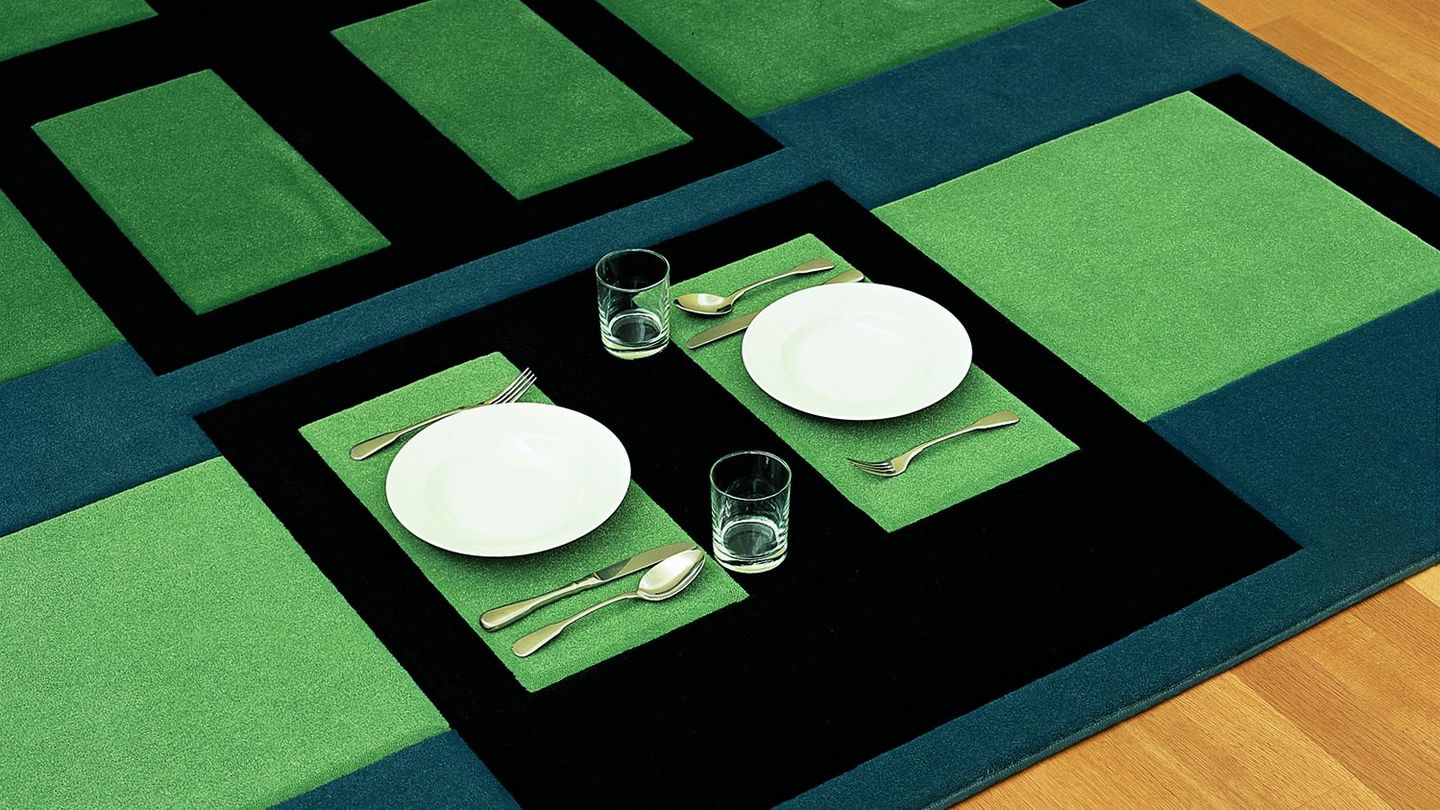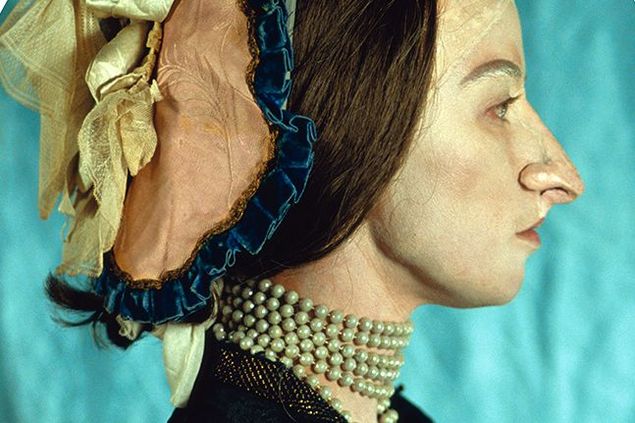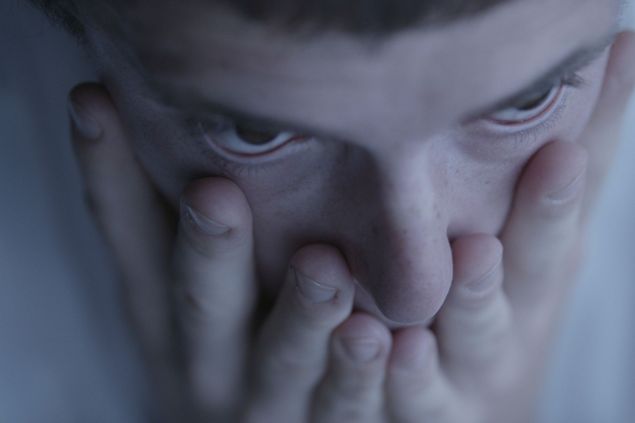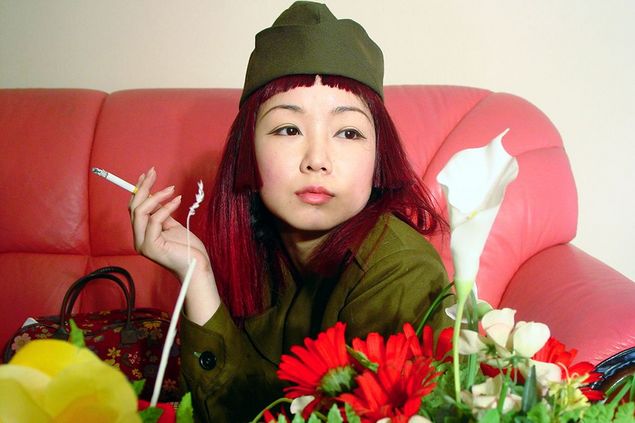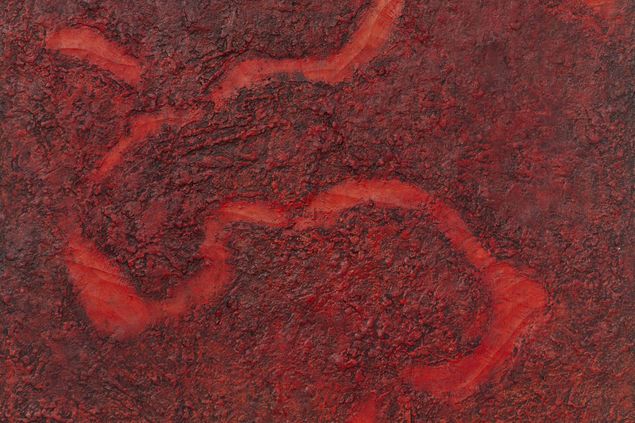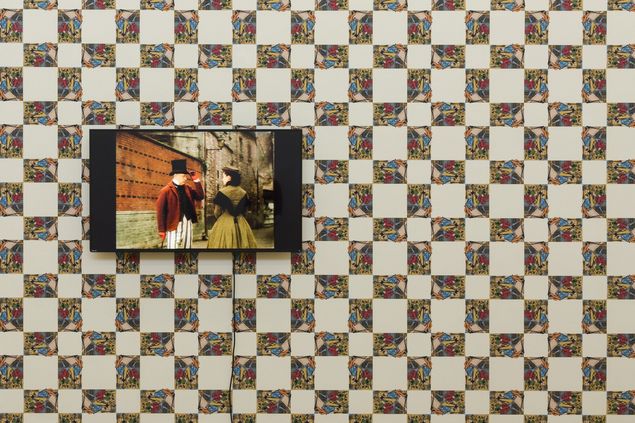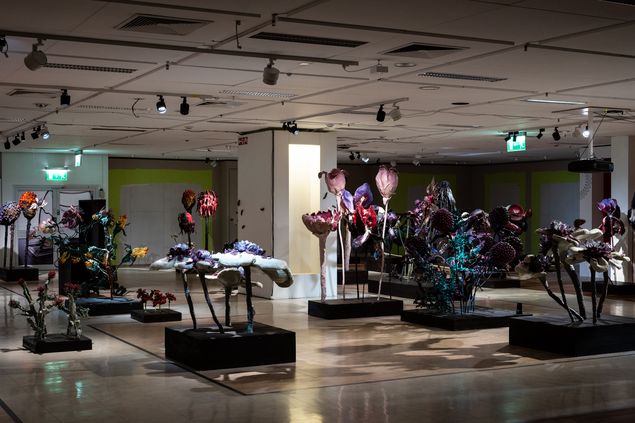Andrea Zittel's artistic career began with the design of space-saving furniture for the cramped quarters in New York apartments, which thus fulfills their needs. While searching for organization systems for all areas of life, she sees herself as both a researcher and a test person. The American artist thus observes herself and her daily routines and subjects herself to experiments in order to find out how a living environment and property can change a person's views and behavior.
With living units, from the beginning of the 1990s, she began designing small, compact units for rationalizing and structuring daily activities. These included areas for eating, sleeping, washing, storage and social activities.
As demand developed for her life management models, Zittel founded A–Z Administrative Services, which united conceptual organization, office, store, lab and housing. In addition to her stationary living structures, which include pieces of clothing and carpets, she also designs mobile living arrangements that focus on the dream of freedom.
The works shown in the Sammlung Goetz exhibit give viewers a comprehensive look at the production of A–Z Administrative Services. Zittel developed her own color scheme for the gallery rooms. Especially for this exhibition, the artist created the work A-Z Cellular Compartment Units Customized By Sammlung Goetz (2002). During the design of this living unit with six compartments, the artist derived inspiration from the architecture of the building designed by Herzog & de Meuron. The interior design and thus the function of the unit were created in close collaboration with the collector. In accordance with the latter's wishes and her provision of certain furnishings, the Cellular Compartment Units are infused by an atmosphere of Zen Buddhism.
